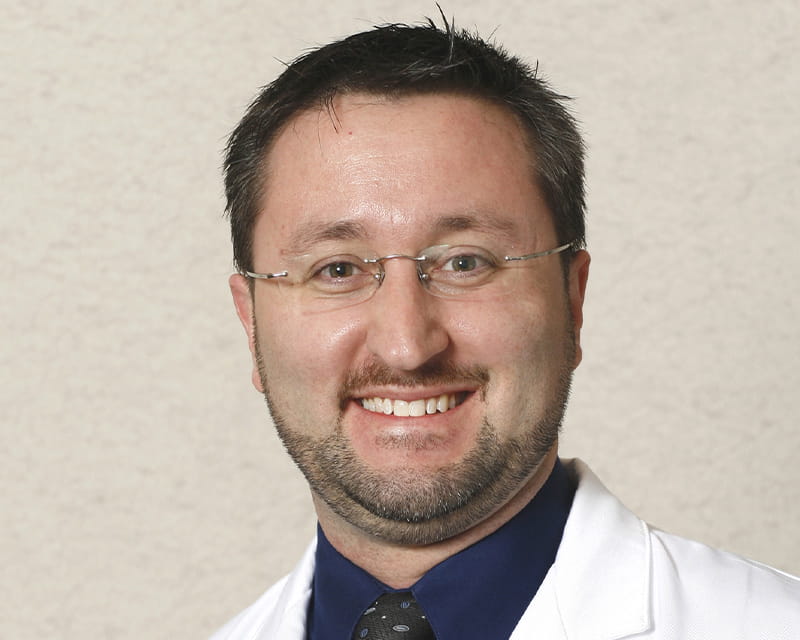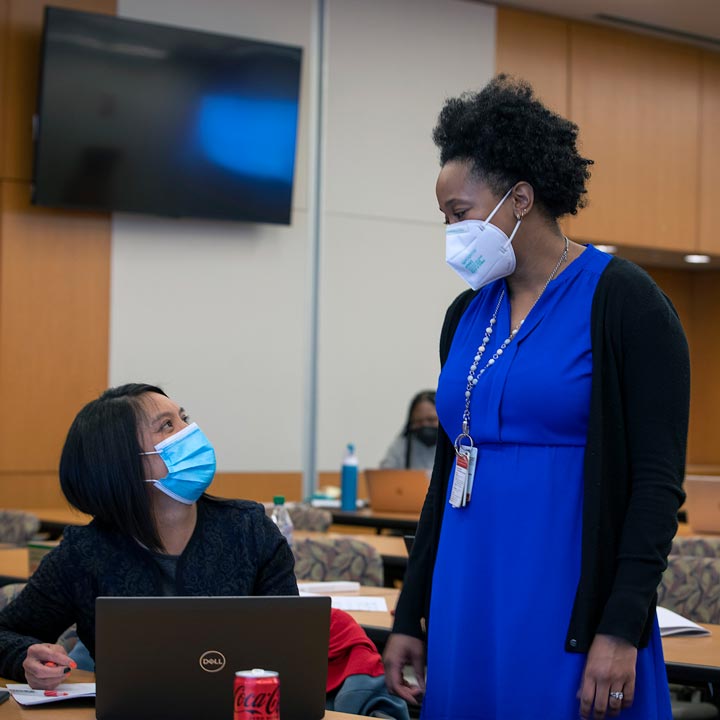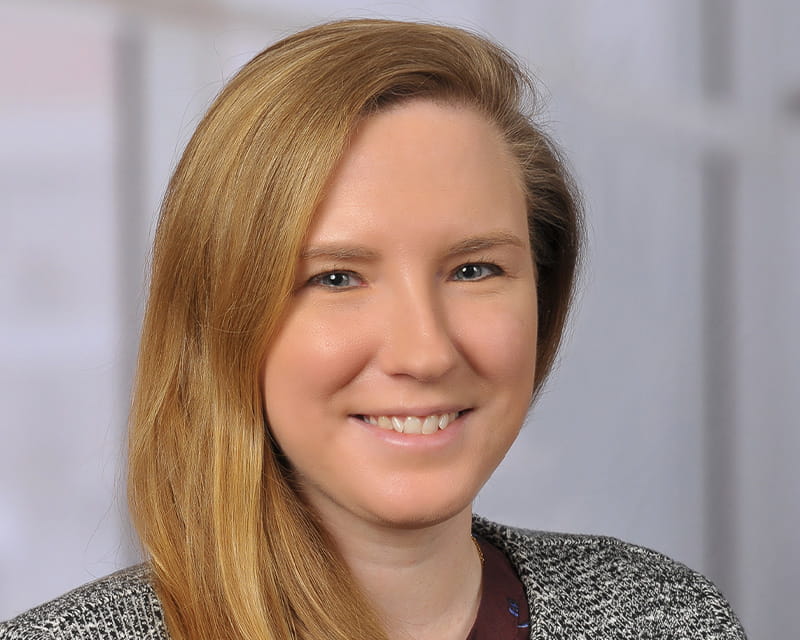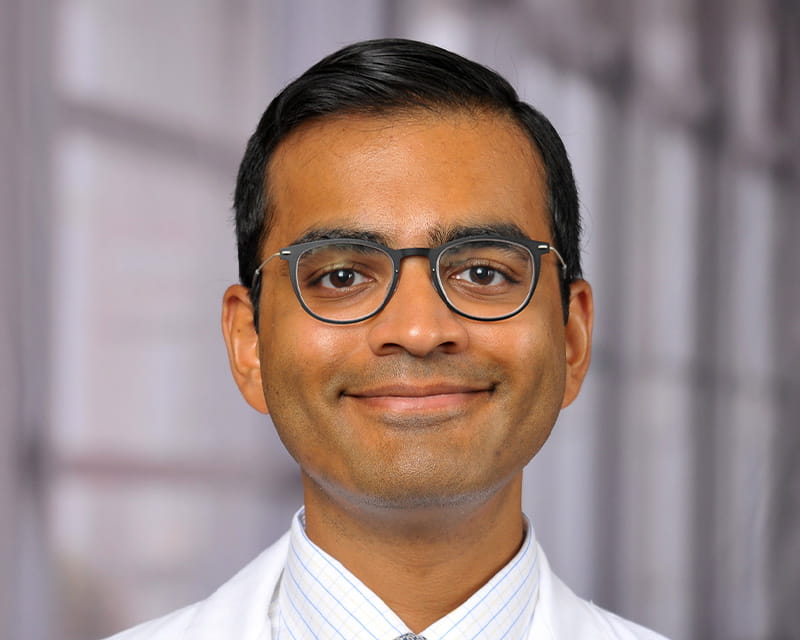
Robotic-assisted surgery with intraoperative radiation offers new hope to patients with local cancer recurrence
 This year, The Ohio State University is partnering with three other medical and academic institutions to pilot a new outreach program for medical students who’ve been historically underrepresented in the field of urology.
This year, The Ohio State University is partnering with three other medical and academic institutions to pilot a new outreach program for medical students who’ve been historically underrepresented in the field of urology.
The PROSPECT program is a collaborative effort by the four institutions in the North Central section of the American Urological Association (AUA): The Ohio State University Wexner Medical Center, the University of Michigan, Henry Ford Hospital and Cleveland Clinic Glickman Urological Institute. Its goal is to increase the numbers of underrepresented in medicine urology medical students through early exposure and engagement, mentorship, clinical and research experiences, and coaching.
Cheryl Lee, MD, a professor of Urology in the Ohio State College of Medicine and chair of the Department of Urology for the Ohio State Wexner Medical Center, is helping lead the launch of PROSPECT at Ohio State.
“Currently, urologists in the U.S. are about 10% female, 5% Hispanic, 2.5% African American and less than 1% Native American,” Dr. Lee says. “PROSPECT is an important collaborative initiative that aims to enrich and diversify the pool of medical student applicants. Eligible students are underrepresented in medicine and urology, and many of them don’t have a urology home program at their college.
“Data suggests that these students have historically had less access to mentorship and research opportunities and thus have unequal opportunity to enter the field.”
PROSPECT is a 14-week immersive summer program, running from Memorial Day to Labor Day for medical students who’ve just completed their first year. It includes eight weeks of mentored clinical research at one of the four participating urology programs.
Students were able to apply to the program through mid-January, after which they’ll be placed into one of the four summer programs and receive a $5,000 stipend for living expenses.
During the eight-week research program, students will participate in educational conferences and other activities to gain further exposure to the field of urology. And in the fall, they’ll have an opportunity to present their research findings at the annual North Central Section AUA meeting.
Eric Springer, MD, a clinical assistant professor of Urology in the College of Medicine and medical student clerkship director for the Department of Urology, is also helping to manage the program for Ohio State. “During the summer, we plan to fully integrate the students into our department and get them exposed to all the members of our faculty,” he says.
Each participating student will be connected with both a research mentor and a clinic mentor.
“Urology is a very competitive field,” Dr. Springer says. “The PROSPECT program will help build their resumes and get them interested in the field. The research and the exposure they’ll get will give them a leg up on getting a urology residency.”

Robotic-assisted surgery with intraoperative radiation offers new hope to patients with local cancer recurrence

Novel implicit bias research helps providers offer better care for diverse patient populations

The Ohio State University Wexner Medical Center seeks to improve prostate cancer outcomes among high-risk patients